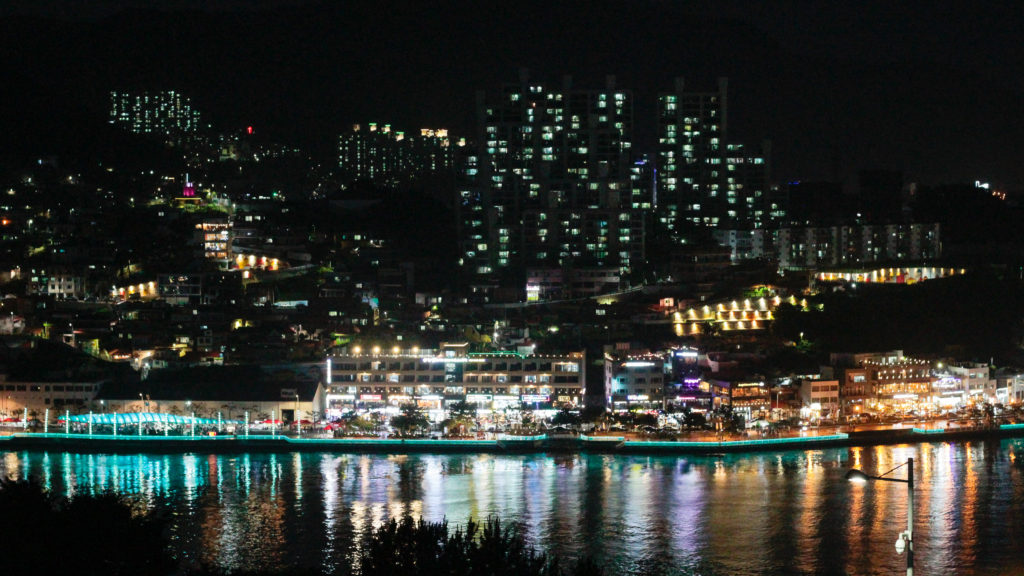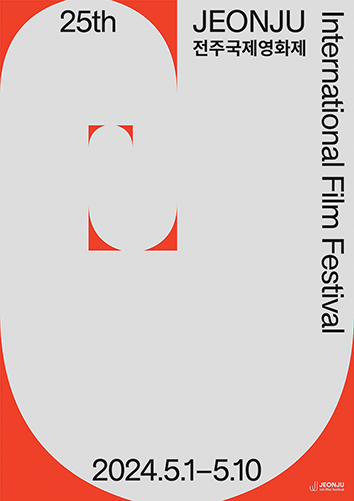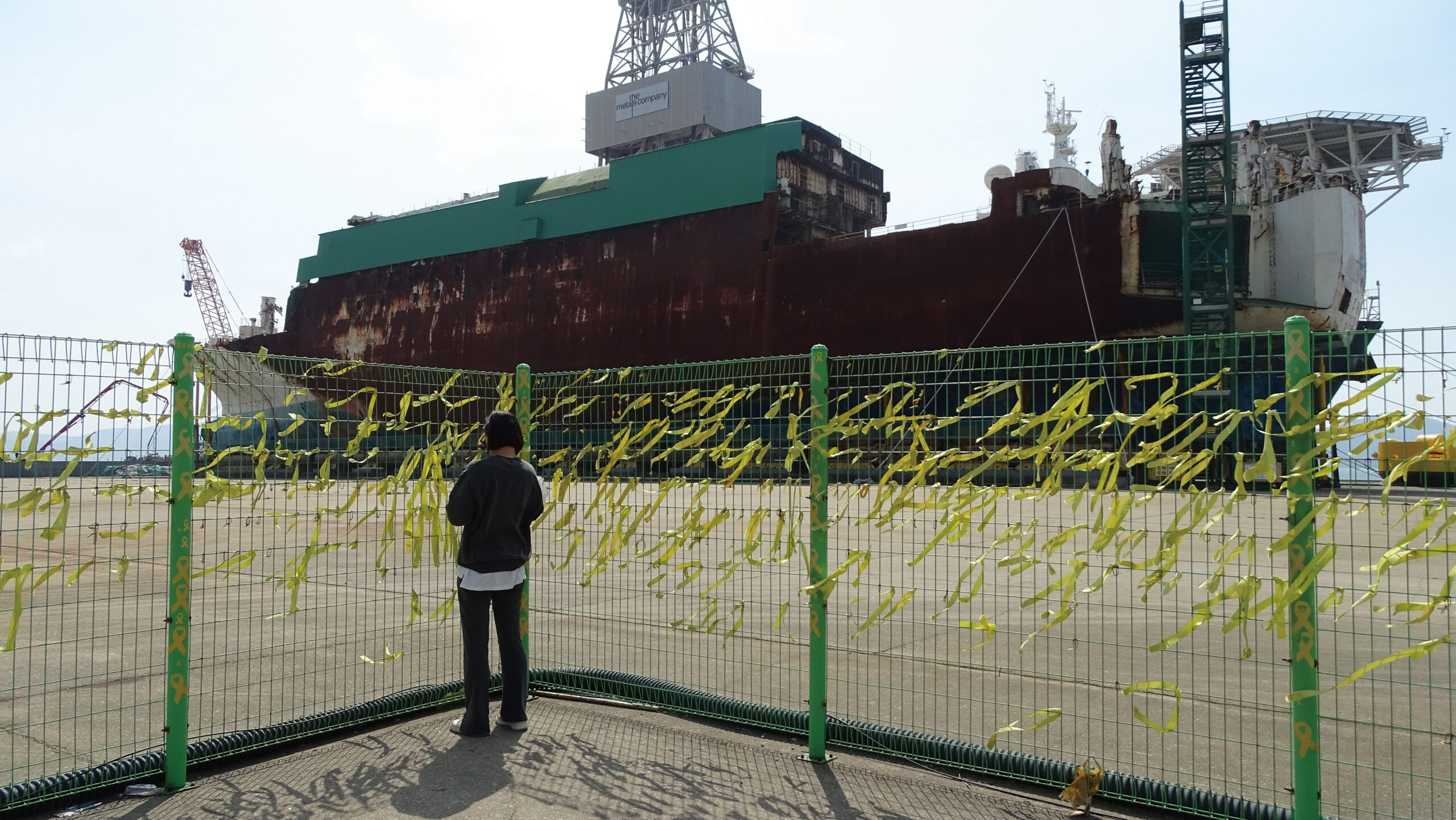Nam-do Healing Tour: Boseong and Yeosu
Written by Sarah Pittman and Jennifer Marlton
Photographed by Sarah Pittman
The Boseong Green Tea Plantation
Written by Jennifer Marlton
The Namdo Healing Tour combines an afternoon admiring the beauty of the Boseong Green Tea Plantation (full name: Boeseong Green Tea Fields, Daehan Tea Plantation – 보성녹차밭 대한다원) with an evening observing Yeosu’s magnificent night view via cable car. The day of the tour was pouring with rain, giving it an ominous feel that was not helped by the emergency hurricane warning that appeared on everyone’s phones on the way to the green tea fields. However, the rain cleared by the time we arrived, and the gray, heavy sky and the water clinging to the leaves on the bushes created a fresh and unique atmosphere. This was my third visit to the green tea fields, and the atmosphere was completely different this time. A sprawling mist was covering the side of the main hill with its gray tentacles reaching out to hover among the edges of the rows of bushes and cedar trees. Tourists casually sauntered around as they happily snapped photos.

The Boseong Green Tea Plantation has the only tea fields in Korea designed for tourism. At 5,000,000 square meters, the plantation is the country’s largest. Two Korean dramas have been filmed there, namely Summer Scent and Ugly Alert. There have also been movies and commercials filmed at this site. The Boseong Green Tea Plantation supplies more than 40 percent of Korea’s green tea. It contains 5.8 million plants and five separate hiking courses. Despite the muddy ground due to the rain on the day of the tour, many tourists were making their way to the top of the hill. The view from the platform on the hilltop is quite spectacular, with a sprawling view of the rows of green tea trees, the forest of cedar trees, and the edge of the ocean sparkling in the distance. “I LOVE BOSEONG” springs out of the grass near the entrance. The plotting of the green tea plants causes them to seem to move and twist in their rows from different angles, even as one stands still. There is a trail directly behind the top of the hill that leads down a rainforest-like path, past a waterfall, and through to the cedar trees.

Once you have finished exploring the fields and hiking trails, there are several cafes where you can sample different cuisine flavored with green tea. Meals are also available, including greentea bibimbap (비빔밥) and cold green-tea noodles (naengmyeon, 냉면). Other offerings include green-tea ice cream, lattes, and churros, to name a few. The chairs and tables set out amongst the cedar trees outside the cafes at the base of the hill offer a relaxing place in which to savor the food while enjoying the view and the refreshing, calm atmosphere.
If you head into the gift shop, you can see pictures of the green tea fields at different times of the year – from sunny and sparkling in summer, to white with snow in winter. The green tea plants are at their greenest in May, at the end of spring. Regardless of the time of year, the green tea fields always provide an interesting and fun afternoon.
The Author
Jennifer is from Australia and is currently working as an English teacher in Gwangju. She loves writing, traveling, and experiencing different cultures. She has enjoyed exploring and experiencing the different aspects of Gwangju during her time here.
The Yeosu Leg
Written by Sarah Pittman
Leaving the green tea plantation, we boarded the buses and rode for about an hour to Yeosu. When we arrived, we stopped to eat the tour-provided dinner in a family restaurant. Arriving at a large room, everyone on the tour removed their shoes, picked a table, and sat on the floor. The tables were set with a small assortment of side dishes and bottles of water. The main course was two different types of buttery white fish that separated easily from the bone. While the meal was very good, there was only one restroom stall for two busloads of tourists needing the facility.
After dinner, we got back on the buses and drove for about 15 minutes to the Yeosu Maritime Cable Car. On the way, one of the tour guides stood up and talked for a bit about Yeosu in Korean. While the other tourists seemed able to understand the Korean commentary, and since the tour advertises itself in English, I , not being fluent in Korean, was expecting the guide to repeat what she had said in Korean again in English. That did not happen, so I was left guessing.

The buses parked on the marina, and we crossed the street to Sunrise Tower. After riding the elevator up and crossing the bridge, a steep boardwalk ramp led up to the ticket box office on the right and a pretty cafe with a Korean pavilion (nugak, 누각) atop it on the left.
The round-trip cable car ride costs 13,000 won and is not covered by the cost of the tour. While the cable car company offers to take 1,000 won off the price of tickets purchased in a group, the tour does not coordinate this, which ends up costing customers more. After I purchased my ticket, another girl from the tour and I headed up to the cable car. The windows of the cable car were closed due to the rain, making the air feel close inside the car. The lights on the marina were beautiful, and it was fun to look down over the water. We had only ten minutes or so on the far side of the marina before we were asked to head back.

It was about 9:30 p.m. when we boarded the buses again and drove down to Hamel Lighthouse on the marina. While the lighthouse was beautiful, there was no explanation of its meaning, significance, or why it was on the “refreshing” tour. We stopped only long enough to take a group photo in the parking lot, then we got back on the buses. Each guest on the tour got an electric hand fan with the name of the tour printed on it. Then we drove back to Gwangju, arriving an hour ahead of schedule. After all was said and done, I loved the Boseong Green Tea Plantation, but Yeosu failed to impress. The tour was efficient and on time, but without English support, I can recommend it only to those fluent in Korean.
The Author
Sarah Pittman is a 26-year-old English hagwon teacher and a southern California native. She loves photography, swing dancing, the color teal, and her dog Cosmo. When she goes back to America, she hopes to either continue teaching or work in an office that allows dogs.








